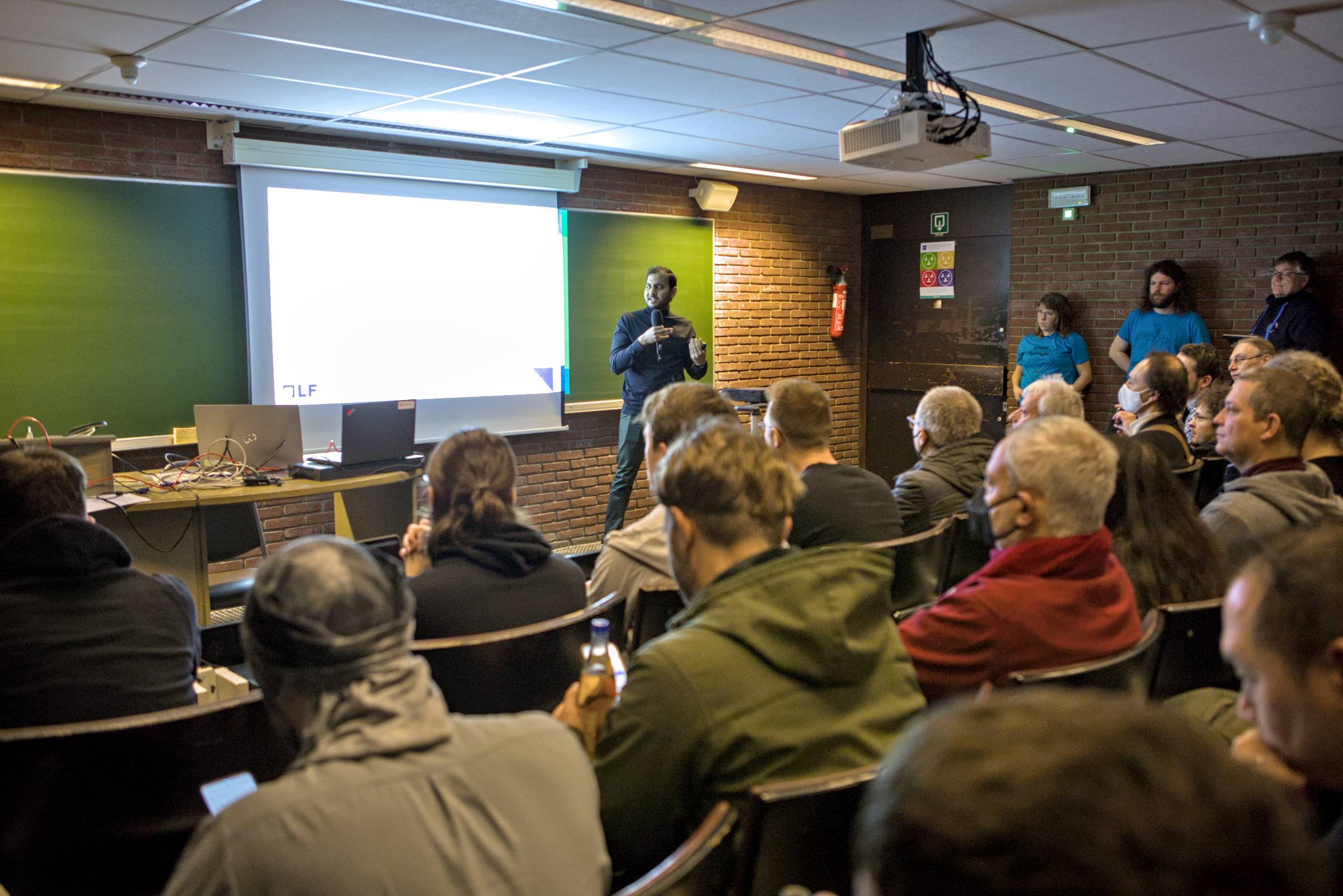At FOSDEM 2024’s Energy Devroom, Nitish Bharambe, representing Alliander, shared insights into the “Power Grid Model,” an open source, high-performance power systems analysis tool from LF Energy (video follows below). This blog post encapsulates the key takeaways from his session, shedding light on the significance and potential impact of this innovative project.
The Need for Innovation
Bharambe kicked off the session by addressing the evolving landscape of power systems analysis. With the advent of smart meters, electric vehicles (EVs), and renewable energy sources, traditional methods faced challenges in handling the increasing complexity of calculations. This necessitated the development of a more advanced solution capable of processing vast amounts of data efficiently.
Birth of the Power Grid Model
Enter Power Grid Model, born out of the necessity for a modern, high-performance distribution grid power system analysis library. Bharambe revealed that the project was initiated in 2018 by Alliander, a Dutch distribution system operator (DSO), in response to the limitations of existing open source and commercial software.
Features and Performance
Power Grid Model boasts an impressive array of features, including power flow calculation, state estimation, and short-circuit calculations for both single-phase and three-phase grids. Bharambe emphasized the project’s focus on high performance, scalability, and cross-platform compatibility, making it suitable for a wide range of applications.
Real-World Applications
Throughout the session, Bharambe highlighted various real-world applications of Power Grid Model within Alliander and beyond. These applications span grid planning, automatic network design, monitoring, asset allocation, and congestion management. The tool’s versatility and reliability have made it an invaluable asset in navigating the complexities of modern power systems.
Validation and Open Source Collaboration
Ensuring the accuracy and reliability of Power Grid Model was paramount. Bharambe shared insights into the validation process, which involved comparing the tool against theoretical calculations and commercial software. Moreover, the project’s open source nature encourages collaboration and contributions from the community, driving continuous improvement and innovation.
Learn more about Power Grid Model and how to get involved at https://lfenergy.org/projects/power-grid-model/.
